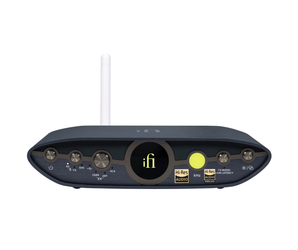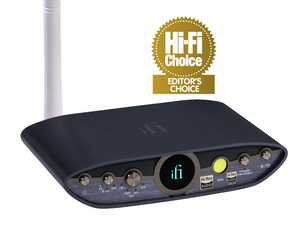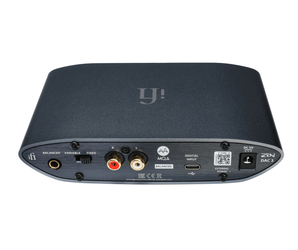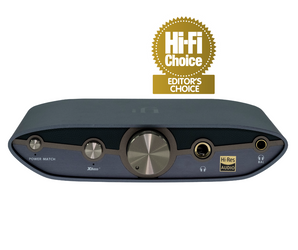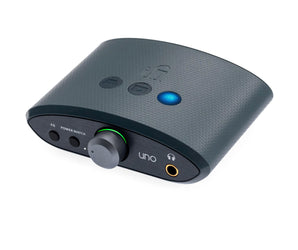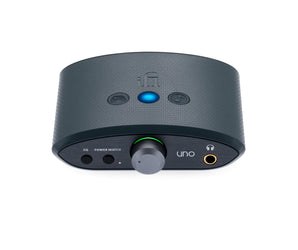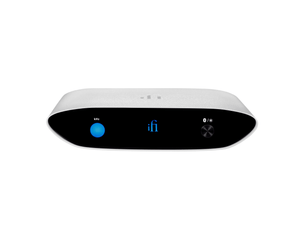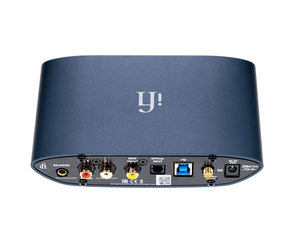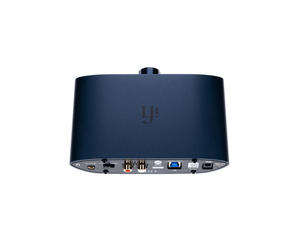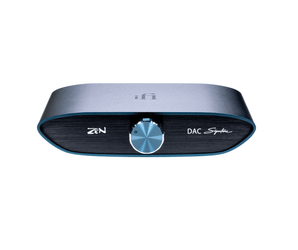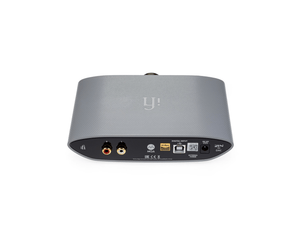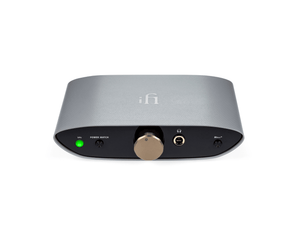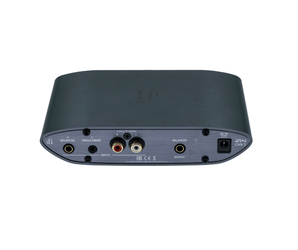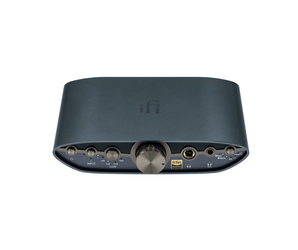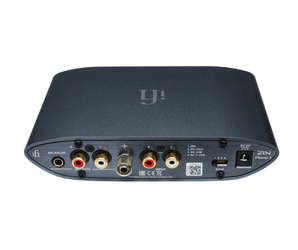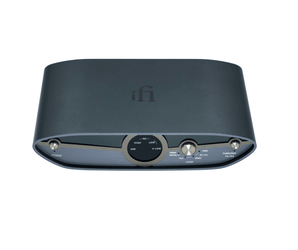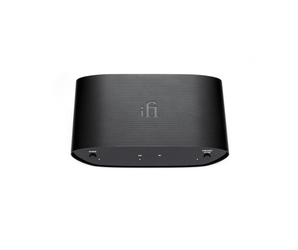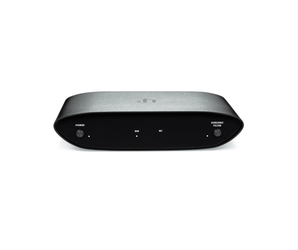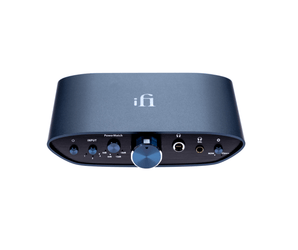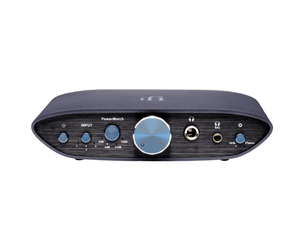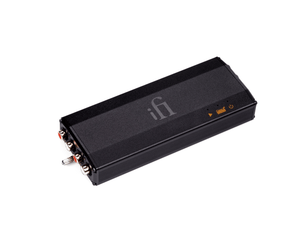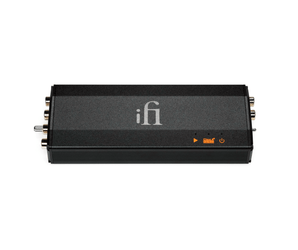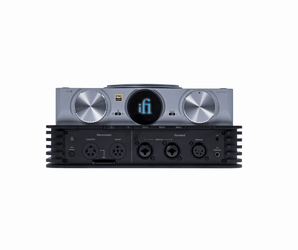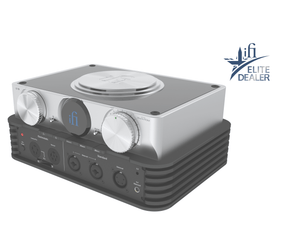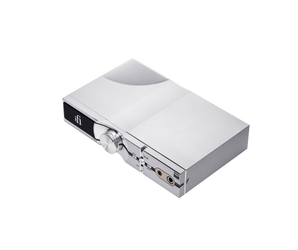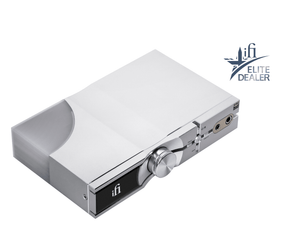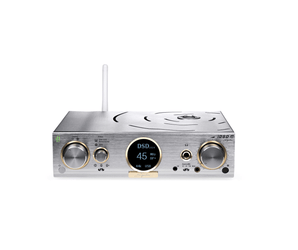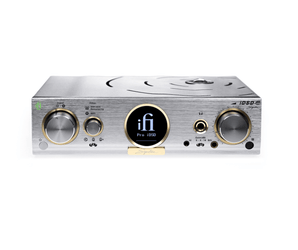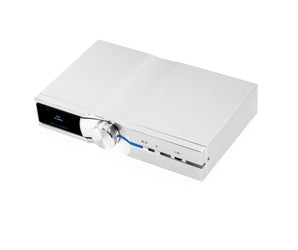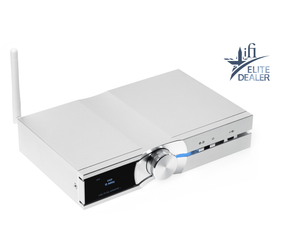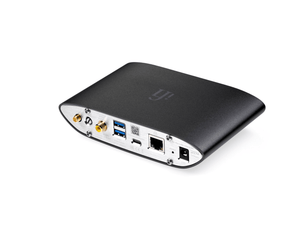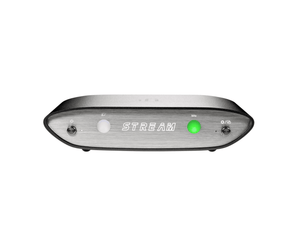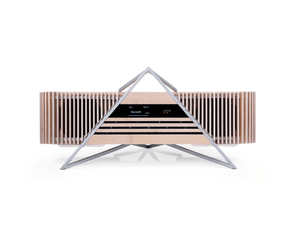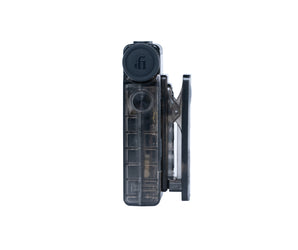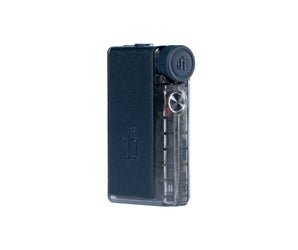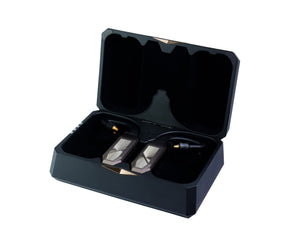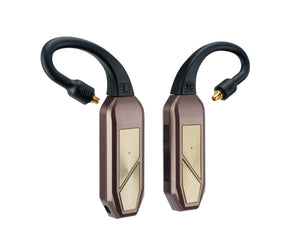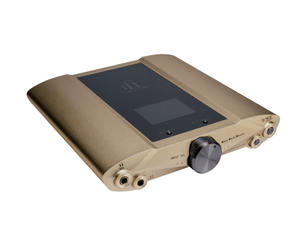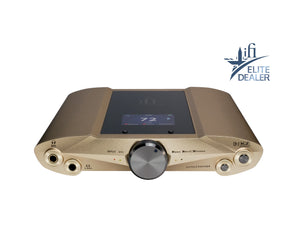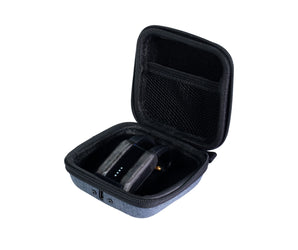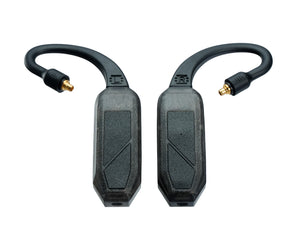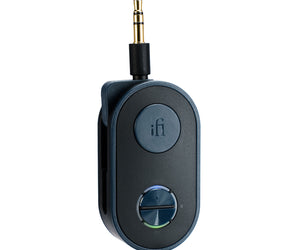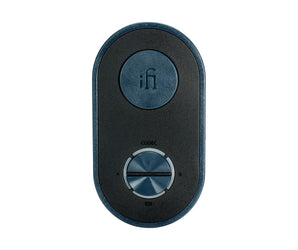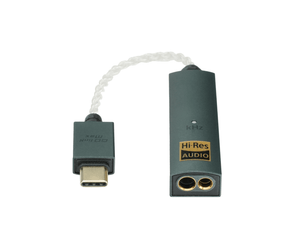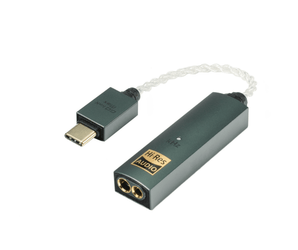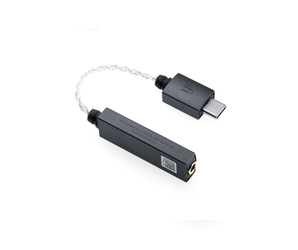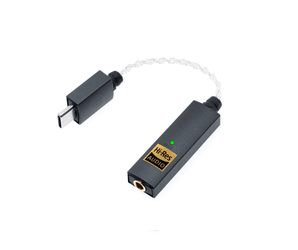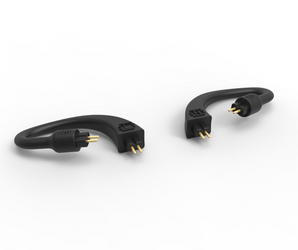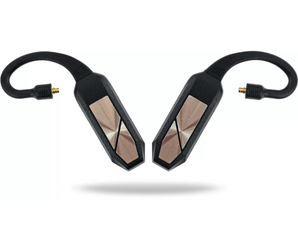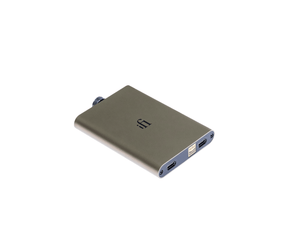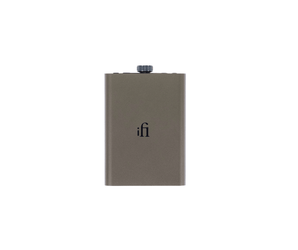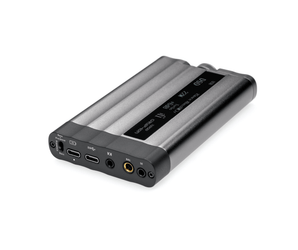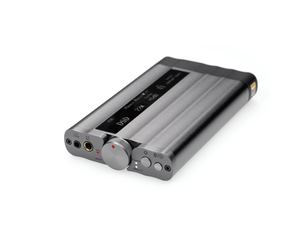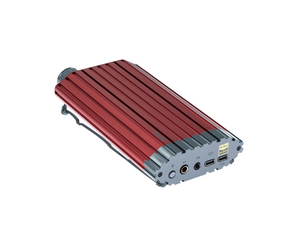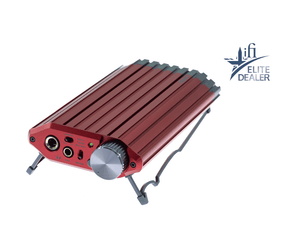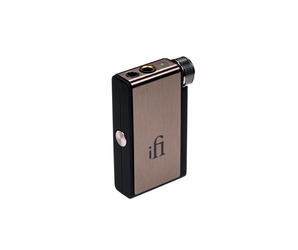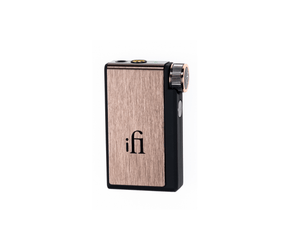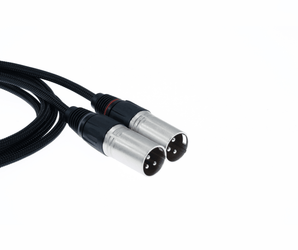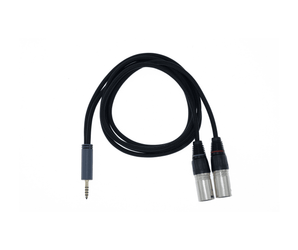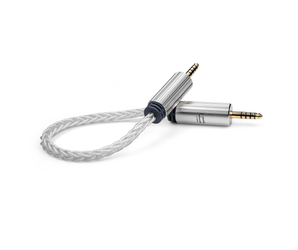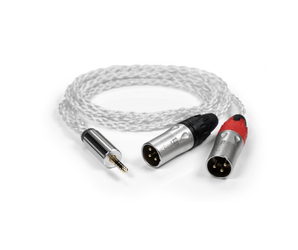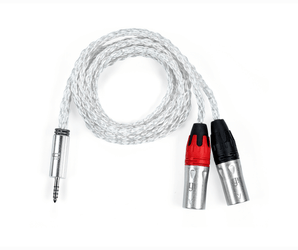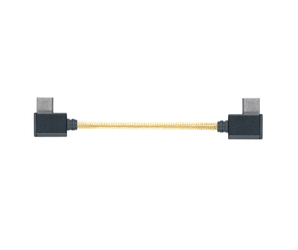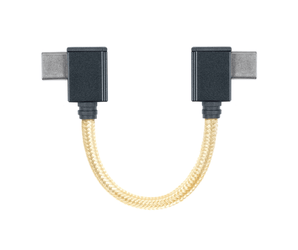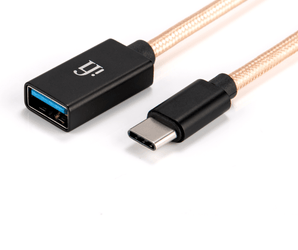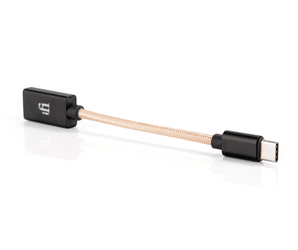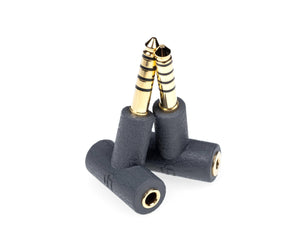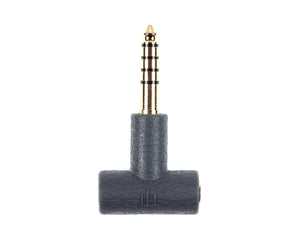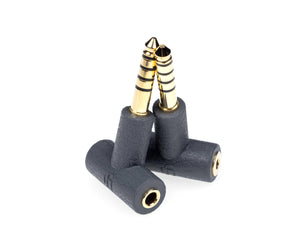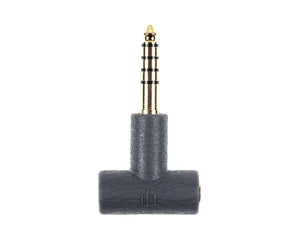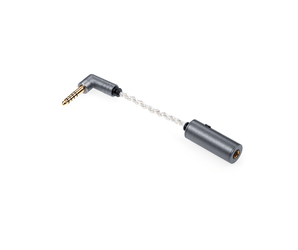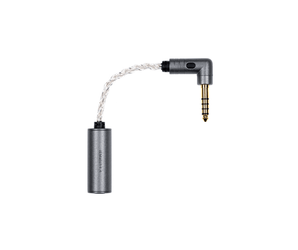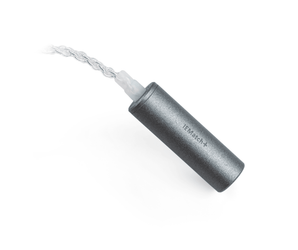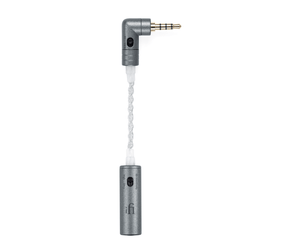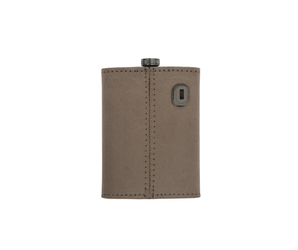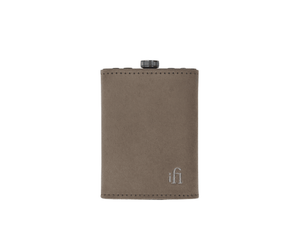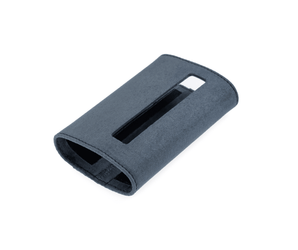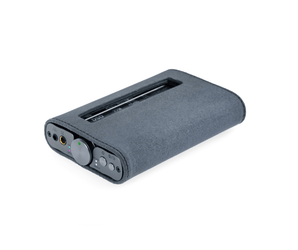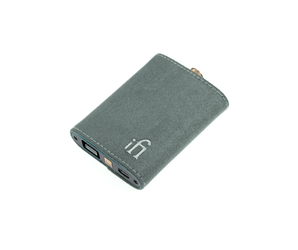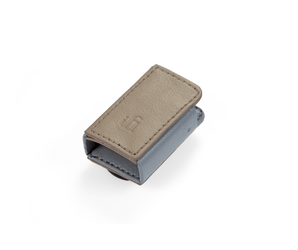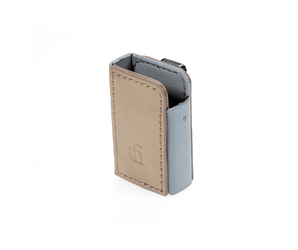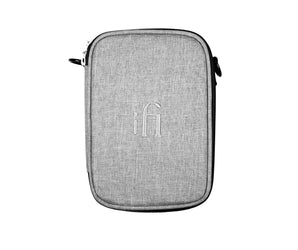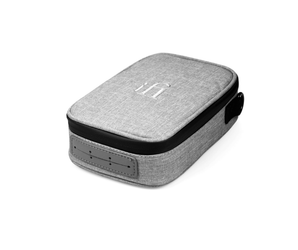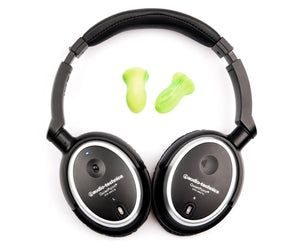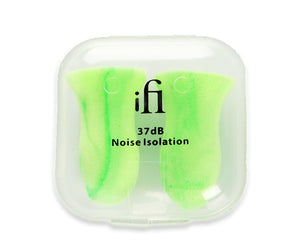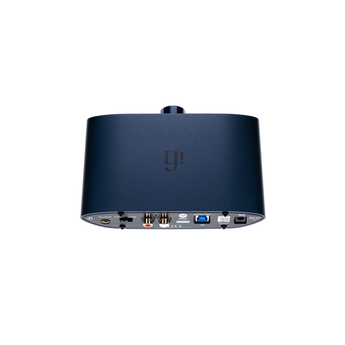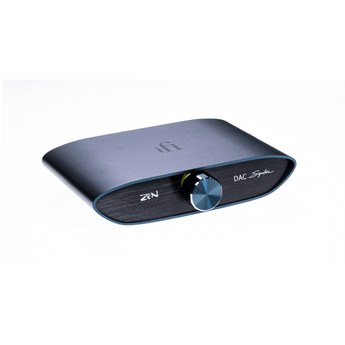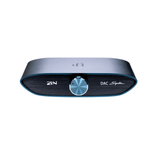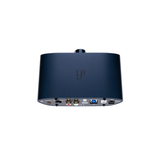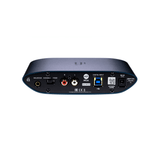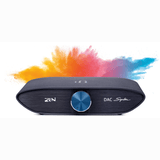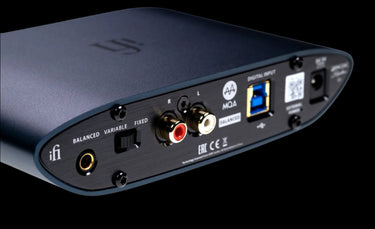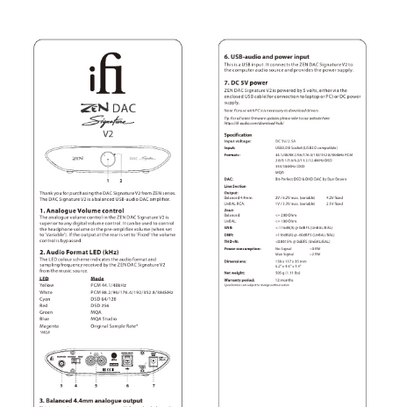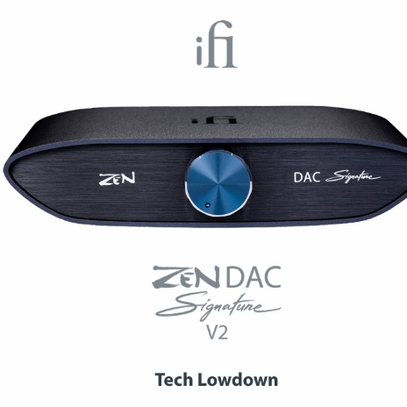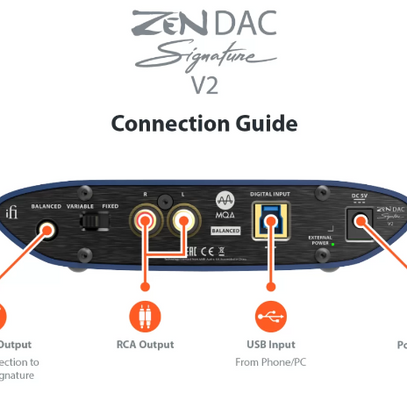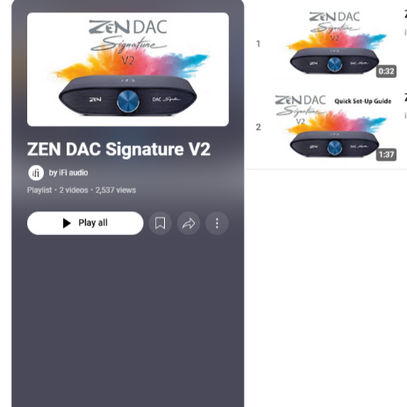iFi audio guarantees that this iFi audio product should be free from defects in materials and workmanship for a period of 1-year for parts and labour.
The warranty period begins at the date of retail sale by iFi audio or an authorised iFi audio distributor/dealer and is subject to the requirements and understandings listed in our warranty policy
Return Period
-
You have 30 days from the day your item arrives to request a return.
Return Conditions
To be eligible for a return, ensure your item is:
-
In the same condition as when received
-
Unworn or unused
-
With original tags and packaging
-
Accompanied by a receipt or proof of purchase
We offer free shipping and typically ship orders within 1-2 working days
We will update your tracking and you can track your order manually or use the Shop app to track your order.
iFi audio has shipping locations within the UK, USA, and EU, allowing us to deliver quickly and efficiently and avoiding long shipping times.
This is the official iFi audio store so you are buying direct from the manufacturer.
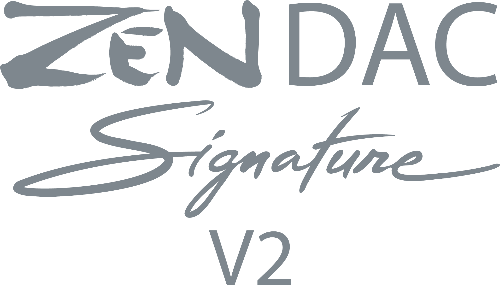
Key Features
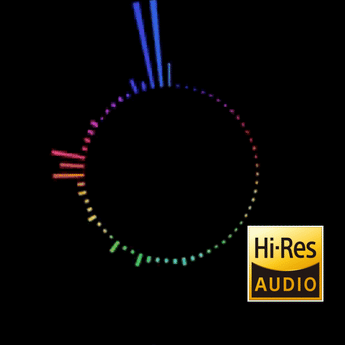
Hi-Res True Native® playback of all music formats from MP3 to DSD256, PCM384 and DXD384.

PureWaveis a new, balanced, symmetrical dual-mono topology with short, direct signal paths. The name refers to the sonic purity it achieves thanks to exceptional linearity and infinitesimally low levels of noise and distortion.
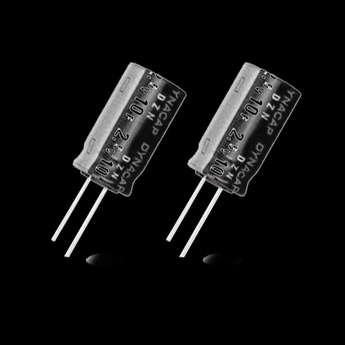
The ZEN DAC Signature features signature-grade premium components, delivering exceptional audio purity and performance. We utilize top-tier elements like low-noise power supplies, precision-matched components, and high-quality circuitry to provides unparalleled sound quality.
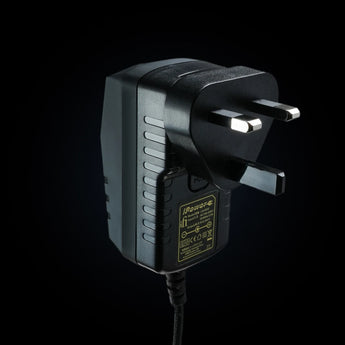
The ZEN CAN Signature comes with theSilentPower iPower 2 . This super silent power supply will feed your system's circuits with the ultra-quiet power at both the input and output stages
A ‘Bit’ special…
The ZEN DAC Signature V2’s digital stage retains its True Native DAC architecture. It delivers Bit-Perfect up to 32-bit/384kHz and native DSD up to DSD256 as well as DXD. The iFi-programmed XMOS chip, which processes data received at the USB input, and jitter-eradicating, audiophile-grade oscillators, contribute to exemplary handling of digital audio signals as they are received, processed and converted to analogue form.
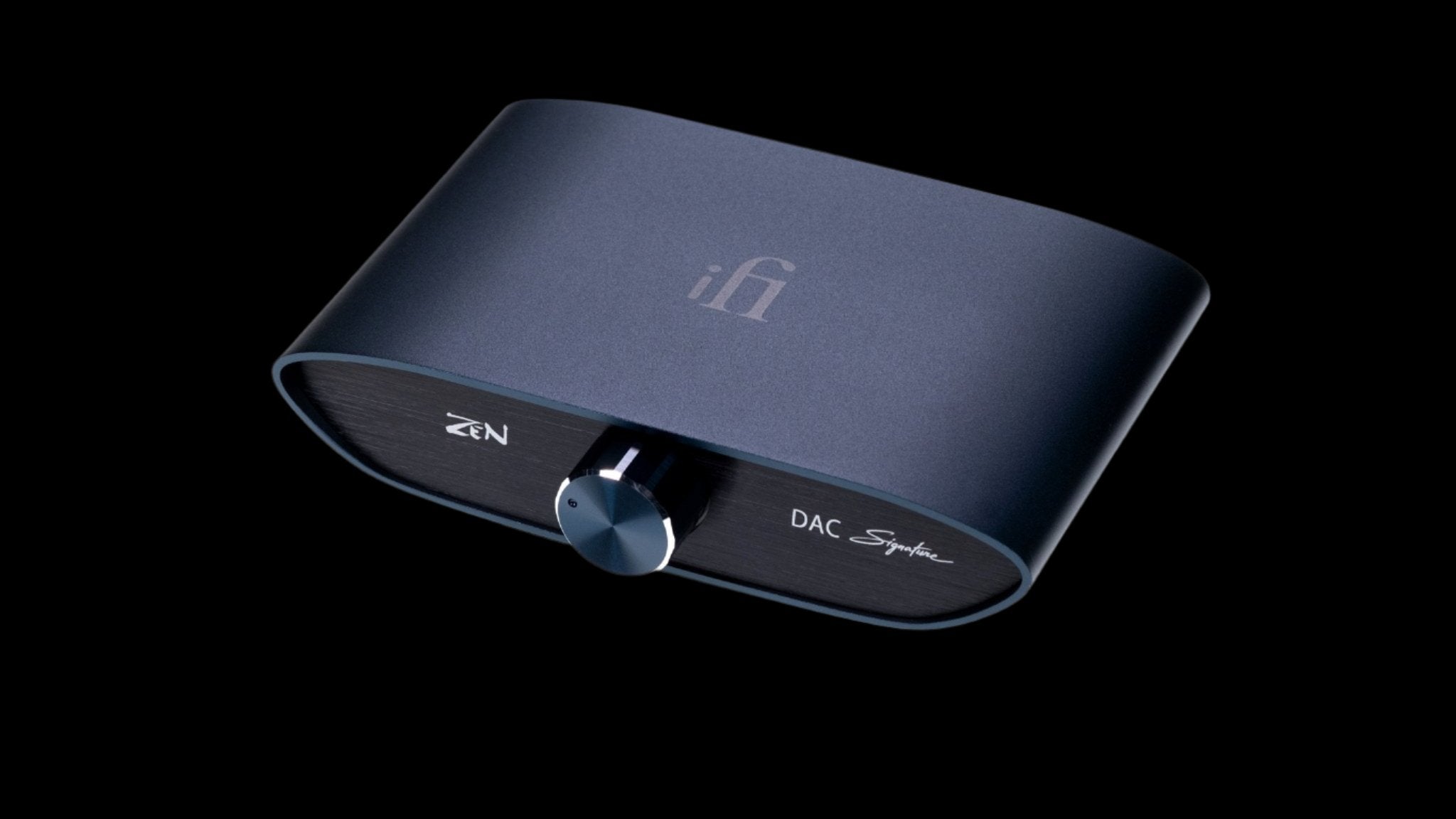
Confident connections
The ZEN DAC Signature V2 ensures jitter-free data transfer via its asynchronous USB Type B input, regulated by upgraded audio clock circuitry. It features RCA sockets for single-ended output and a 4.4mm Balanced output for compact, balanced connections. The balanced circuit design delivers optimal performance with amps or speakers equipped with 4.4mm Balanced or XLR inputs.
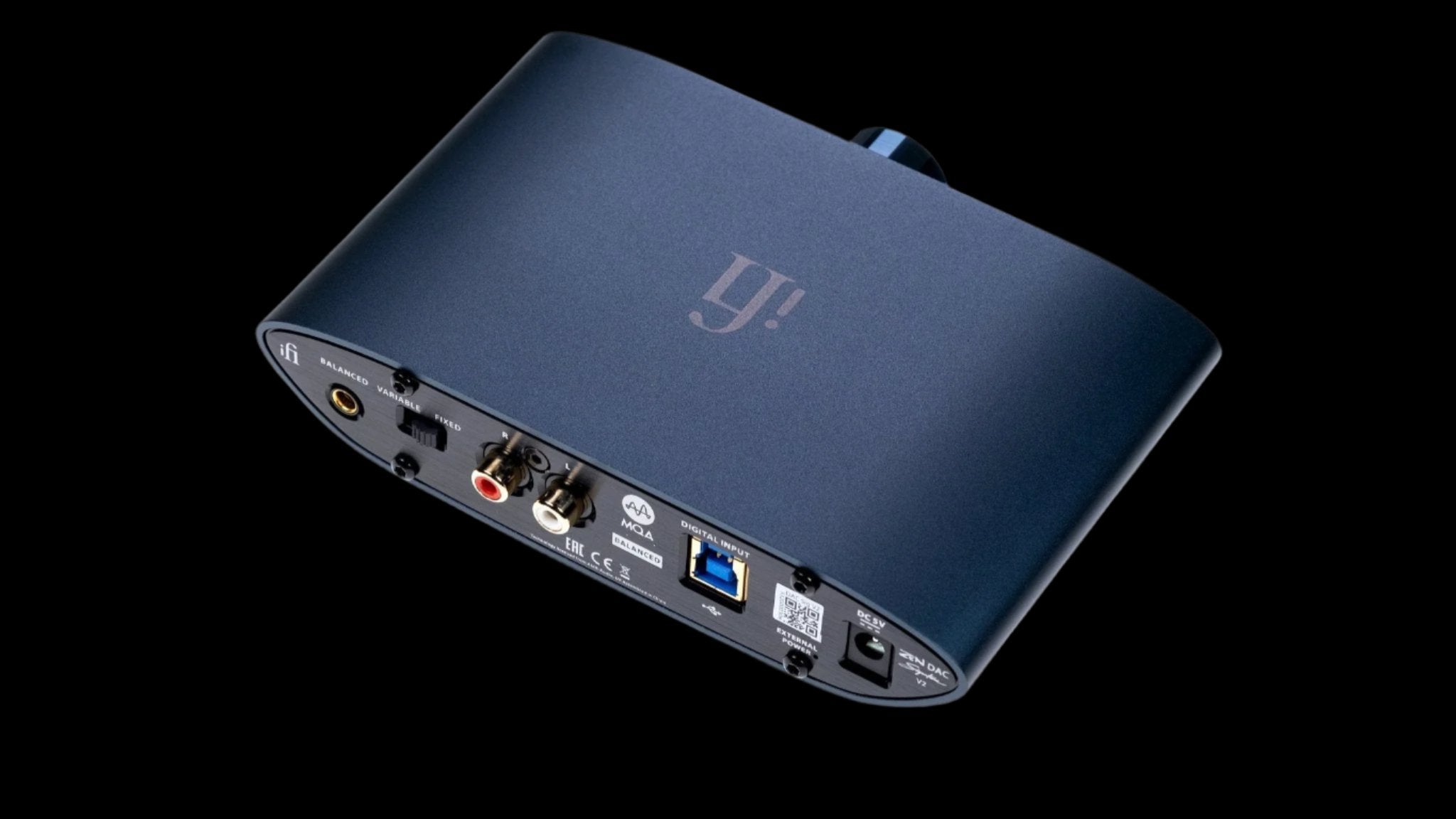
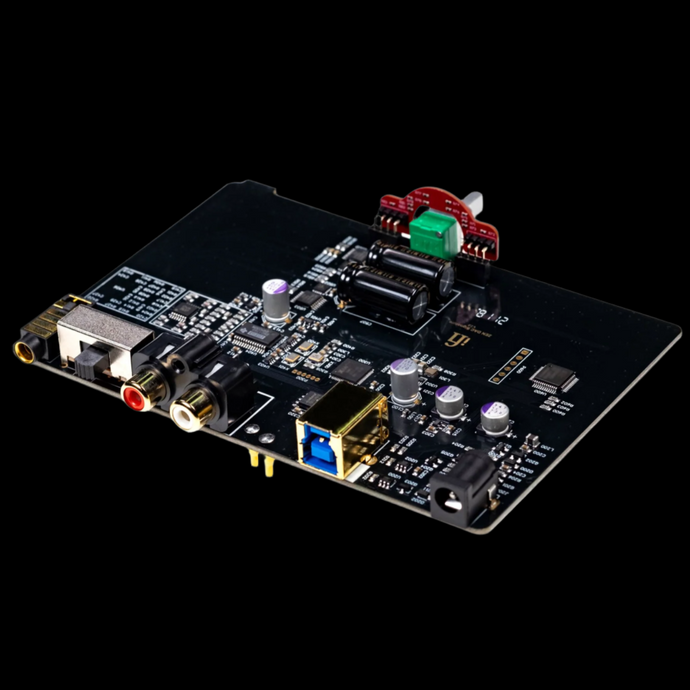
Balanced. Blissfully quiet.
The ZEN DAC Signature V2 incorporates boutique parts and circuitry inspired by the £3,000 iFi Pro range. It sports a fully-symmetrical, true differential balanced dual-mono signal stage with direct signal paths to ensure optimal signal purity.
The new low jitter crystal clock means >20dB better noise reduction. The ZEN DAC Signature V2 will remain quiet wherever it’s used.
Outstanding components including C0G capacitors from TDK, Panasonic OS-CON and ELNA Slimic II capacitors complete the design.
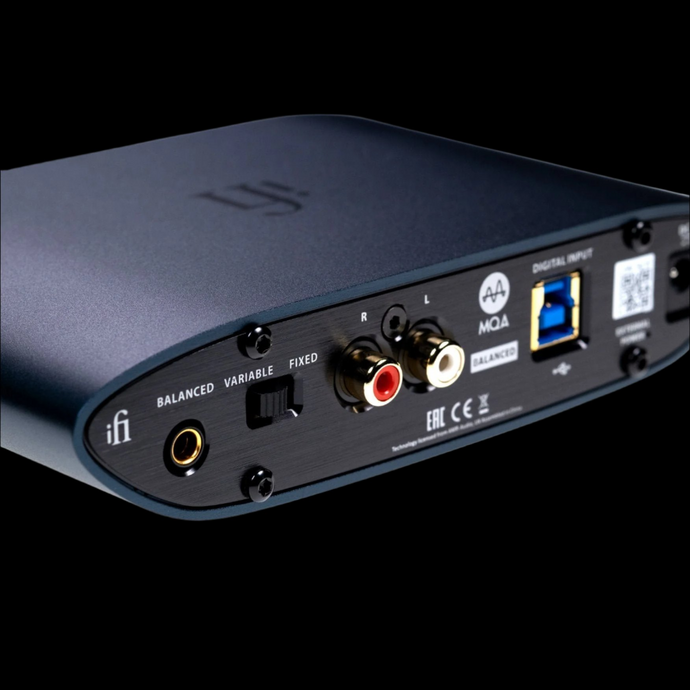
16 core means more…
MQA an award-winning British technology that delivers the sound of the original master recording. Thanks to the processing power of the new 16 core XMOS chip, the ZEN DAC Signature V2 is now a full MQA decoder.
The ZEN DAC Signature V2 includes MQA technology, which enables you to play back MQA audio files and streams, delivering the sound of the original master recording.
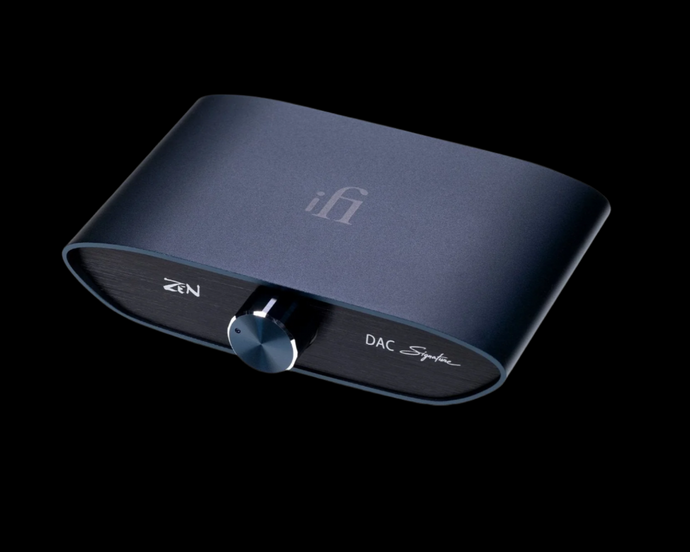
Fixed or variable. You decide.
The outputs of the ZEN DAC Signature V2 can be switched between ‘variable’ and ‘fixed’.
Variable – use this setting if you wish the ZEN DAC Signature V2 to control the volume of powered speakers or its volume as a preamp.
Fixed – this option is for when you use it with downstream equipment with its own volume control. This will bypass the ZEN DAC Signature V2 as if there was a ‘straight wire’ from the digital source to the analogue amplifier.
Enjoy an enhanced experience.
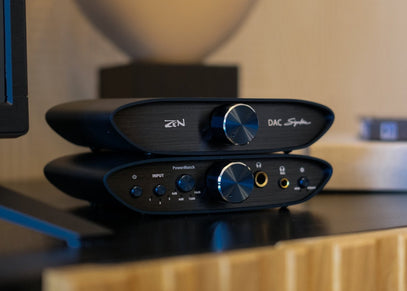
The LED glows green or blue to indicate that the unit is decoding and playing an MQA stream or file, and denotes provenance to ensure that the sound is identical to that of the source material.
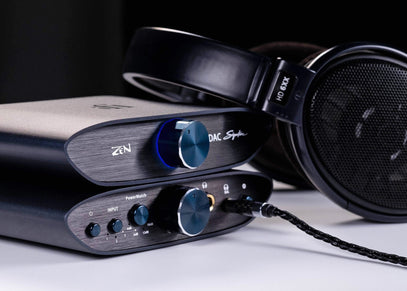
It glows blue to indicate it is playing an MQA Studio file, which has either been approved in the studio by the artist/producer or has been verified by the copyright owner.
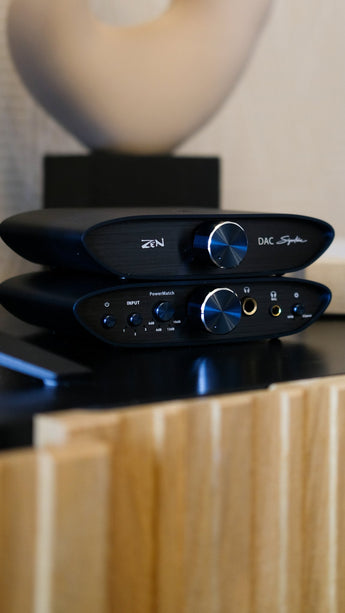
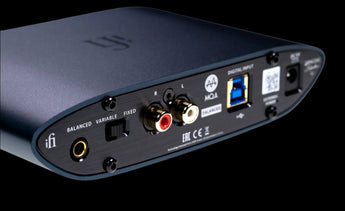
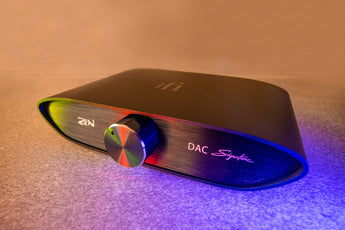

The ZEN DAC Signature V2 includes MQA technology, which enables you to play back MQA audio files and streams
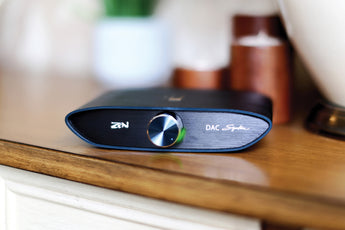
Specifications
| DAC | Bit-Perfect DSD & DXD DAC by Burr Brown |
| DIMENSIONS | 158(w) x 117(d) x 35(h) mm 6.2" x 4.6" x 1.4" |
| DNR | >117 dB(A) @ -60dBFS (BAL/SE) |
| FORMATS SUPPORTED | PCM (384/352.8/192/176.4/96/88.2/48/44.1kHz) DSD (256/128/64), DXD(384/352.8kHz), MQA (Decoder) |
| INPUT | USB3.0 B Socket (USB2.0 compatible) |
| NET WEIGHT | 505g / 1.11lbs |
| OUTPUT | Balanced 4.4mm: 2V-6.2V max. (variable) / 4.2V (fixed) UnBAL RCA: 1V-3.3V max. (variable) / 2.1V (fixed) |
What's in the Box
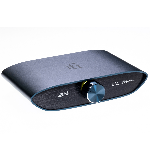
1x ZEN DAC Signature V2
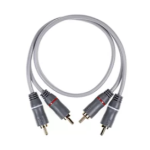
1x RCA Cable
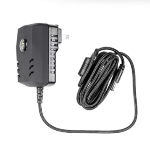
1x iPower2
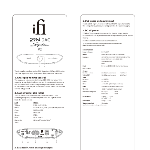
1x User Manual

1x Warranty Card
Frequently Asked Questions
These are the most frequently asked questions about this product. For more product information please contact us through Contact
Are the analogue sockets only outputs?
Yes, they are the only sockets required to send audio signal in its analogue form from the ZEN DAC Signature V2 to a different product.
Can I use both outputs at the same time?
Yes, you can connect your balanced stereo power amp to a 4.4mm out, and a subwoofer to RCAs.
How is it different from a regular ZEN DAC?
Internal components make all the difference. The ZEN DAC Signature V2 incorporates many boutique parts taken directly from our flagship product, the £3,000 Pro iDSD.
How do I power it on?
The ZEN DAC Signature V2 powers on upon either connecting it via USB to a PAC/laptop, or providing 5V from an external power supply within required specs.
How much better on performance is it over regular ZEN DAC?
Although the ZEN DAC is gives you great bang for your buck, the ZEN DAC Signature V2 is audibly better. At least that’s what our customers say on the matter.
Should I use a USB2.0 or USB3.0 cable?
It’s entirely up to you, however USB3.0 cables provide better mechanical connection and that’s what we suggest to use.
Why does my DAC not power on when I plug the PSU in?
The ZEN Air DAC and ZEN DAC V1/V2 will receive power from a 5V PSU, however to activate these DACs, you must make a successful USB connection. You can identify that the DAC is being powered by the PSU because the ‘external power’ LED next to the power input will activate.
Why are there are two line outs?
The ZEN DAC Signature V2 is a fully balanced product, so its RCAs are single-ended, whereas the 4.4mm socket is its balanced output.

